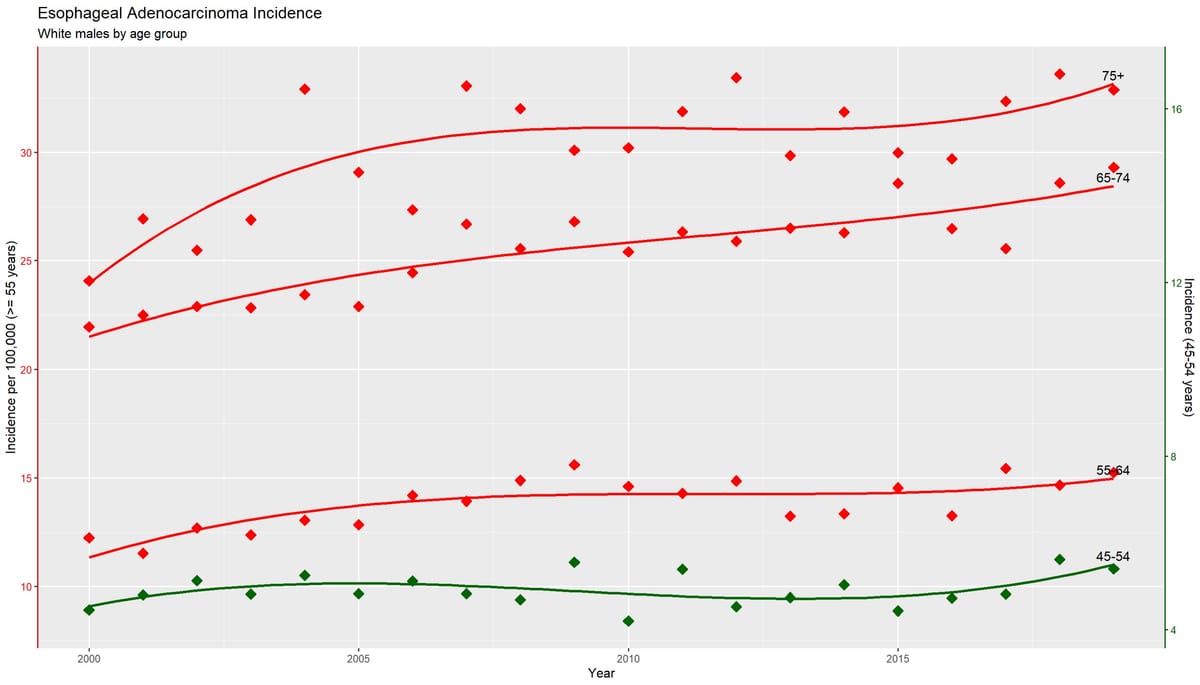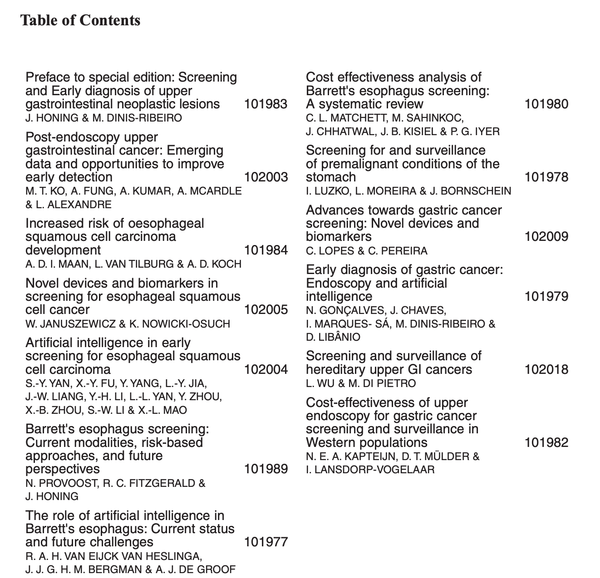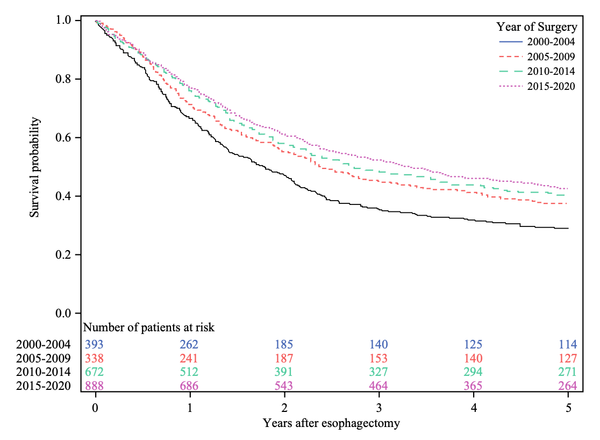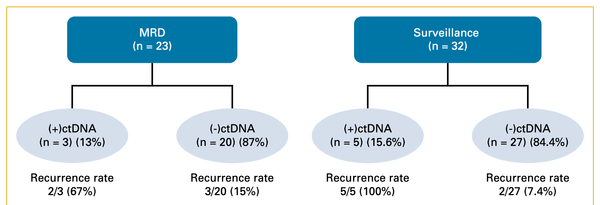Esophageal adenocarcinoma incidence in younger adults

There are a few recent reports that the incidence of EA has increased in young adults, and that they are being diagnosed at a later stage. In an analysis of nine SEER population-based cancer registries from 1975-2015, Codipilly, et al. reported an approximate tripling of incidence in persons less than 50 years old, which, remarakbly, is actually somewhat less than the increase in those 50+ years (1). A report from The Netherlands found a 1.5% annual increase in incidence in males <50 years since 1990 (2).
To investigate age-specific trends using more recent US incidence data from a larger population, I examined EA incidence in white males from 2010-2019 in the SEER 17 registries in four age groups (see Figure 1.) As is evident, recent increases in incidence in white males that I reported recently (see this blog post) largely reflect the experience of persons 65 and older; there is little evidence that EA incidence in younger white males has changed significantly over the past decade. This is encouraging, although their later stage at diagnosis still needs to be addressed.
- Codipilly DC, Sawas T, Dhaliwal L, Johnson ML, Lansing R, Wang KK, Leggett CL, Katzka DA, Iyer PG. Epidemiology and Outcomes of Young-Onset Esophageal Adenocarcinoma: An Analysis from a Population-Based Database. Cancer Epidemiol Biomarkers Prev. 2021 Jan;30(1):142-149. doi: 10.1158/1055-9965.EPI-20-0944. Epub 2020 Dec 11. PMID: 33328255;
- Al-Kaabi A, Baranov NS, van der Post RS, Schoon EJ, Rosman C, van Laarhoven HWM, Verheij M, Verhoeven RHA, Siersema PD. Age-specific incidence, treatment, and survival trends in esophageal cancer: a Dutch population-based cohort study. Acta Oncol. 2022 May;61(5):545-552. doi: 10.1080/0284186X.2021.2024878. Epub 2022 Feb 3. PMID: 35112634.




